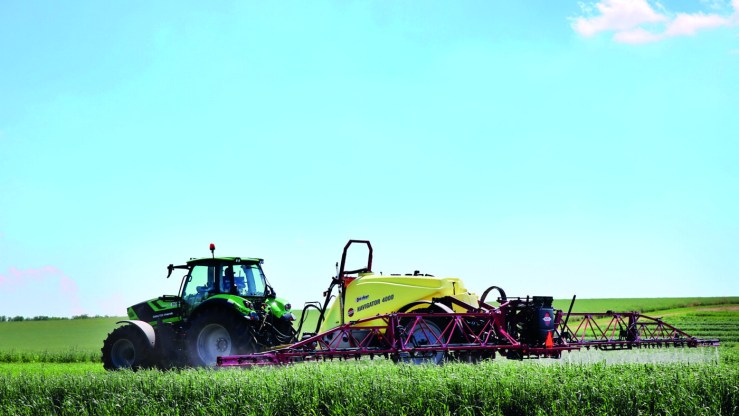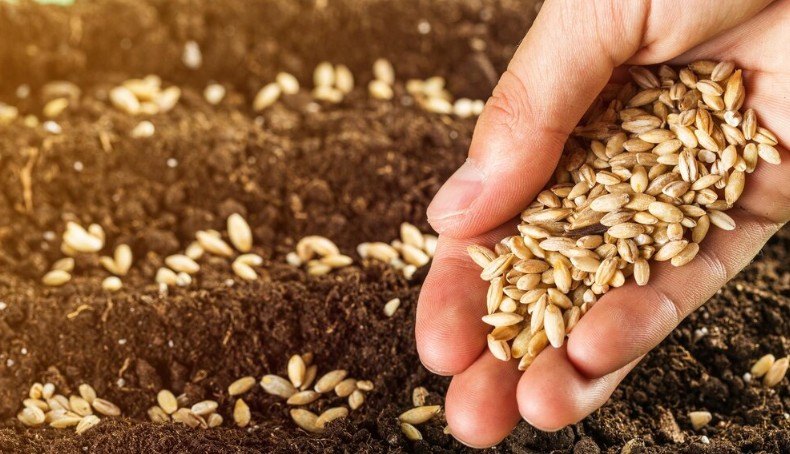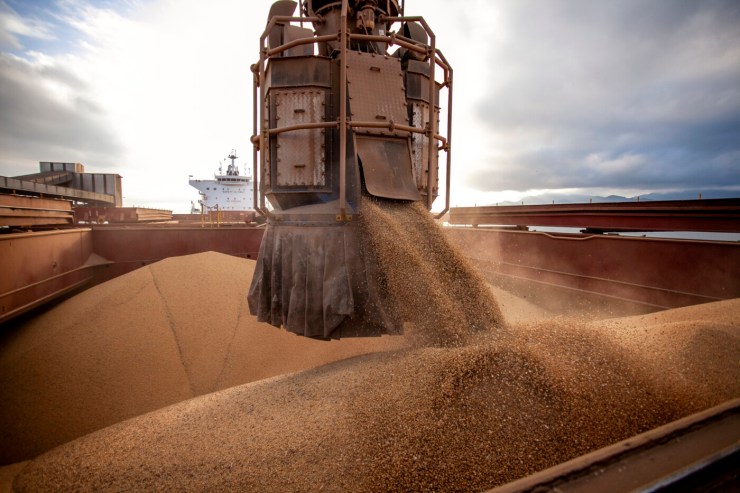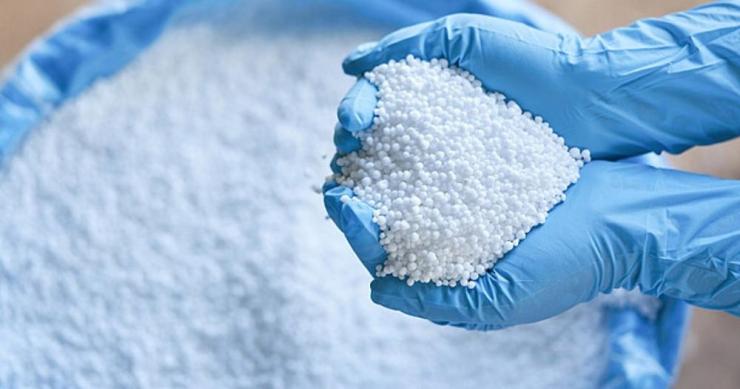The Systematic Survey of Agricultural Production (LSPA), released this Thursday (10) by IBGE, shows that the national harvest of cereals, legumes and oilseeds should total 333.3 million tons in 2025. This is a value 13.9% or 40.6 million tons higher than the harvest obtained in 2024 (292.7 million tons). In comparison with May, the estimate registered an increase of 0.2%, an increase of 698.6 thousand tons.
The area to be harvested this year is expected to be 81.2 million hectares, representing an increase of 2.7% (2.1 million hectares more) compared to the area harvested in 2024. Compared to the previous month, the area to be harvested expanded by 15.3 thousand hectares (0.0%).

"The June estimate for the 2025 harvest is a record in the IBGE's historical series. The growth in the Brazilian cereal, legume, and oilseed harvest compared to 2024 is a consequence of the increase in planted area and productivity of the main crops, since, with the exception of Rio Grande do Sul, the weather in the second half of 2024 and throughout 2025 favored crops in the main producing states," explains LSPA manager Carlos Barradas.
The main positive highlights of the 2025 harvest in June, compared to May, are the growth in production estimates for corn (131.4 million tons), canephora coffee (1.2 million tons or 20.0 million 60-kg bags), barley (545.9 thousand tons) and cottonseed (9.3 million tons). Rice, corn and soybeans represent 92.6% of the production estimate and account for 88.0% of the harvested area. In comparison with 2024, there were increases in the estimated production of herbaceous seed cotton (5.3%), rice (16.0%), beans (4.2%), soybeans (13.9%), corn (14.6%, being 13.4% for 1st corn crop and 14.8% for 2nd corn crop), sorghum (9.0%) and wheat (5.9%).
Still compared to 2024, but in terms of the area to be harvested, there was an increase of 5.6% in herbaceous cotton (seed), 11.4% in paddy rice, 3.3% in soybeans, 3.3% in corn (a decline of 4.1% in 1st corn crop and an increase of 5.4% in 2nd corn crop), and 5.5% in sorghum. On the other hand, the areas of beans (-5.0%) and wheat (-14.7%) showed reductions.
The estimate for the production of cereals, legumes and oilseeds in June showed a positive annual variation for all regions of the country: Central-West (17.5%), South (8.2%), Southeast (14.7%), Northeast (9.2%) and North (15.2%). Regarding the monthly variation, the North (0.6%), Northeast (0.4%) and South (0.5%) showed increases. The Southeast (0.0%) and Central-West (0.0%) maintained the estimates from the previous month.

Photo: Jaelson Lucas
Compared to May, the main increases in production estimates were due to barley (30.3% or 126,900 t), canephora coffee (10.8% or 117,295 t), oats (1.2% or 15,800 t), herbaceous cotton (0.8% or 76,469 t), arabica coffee (0.8% or 17,081 t), 1st crop corn (0.6% or 153,684 t), 2nd crop corn (0.4% or 430,594 t) and 3rd crop beans (0.0% or 53 t).
In the opposite direction, there were falls in the production estimates for 2nd crop beans (-0.7% or -8,957 t), wheat (-0.6% or -48,700 t), 1st crop beans (-0.4% or -5,138 t) and soybeans (0.0% or -11,744 t).
"The increase in the estimated oat and barley production is due to producers' apprehension about growing wheat, as the weather in recent years has not been favorable for wheat crops, which still have the disadvantage of needing to be harvested at a minimum quality level to be sold at more profitable prices. The growth in corn production can be explained by the increase in planted area and productivity in the current harvest, as the weather benefited the crops compared to the previous year. Furthermore, at the time of corn planting, prices were more profitable, which was not the case in the 2024 harvest, leading producers to invest more in the crop. Other highlights of the 2025 Brazilian grain harvest are soybeans, whose crops showed excellent development in the main producing states, and cotton (seed)," adds Carlos.
With a 31.5% share, Mato Grosso once again leads national grain production

Photo: Jaelson Lucas
Mato Grosso leads as the largest national grain producer, with a share of 31.5%, followed by Paraná (13.6%), Goiás (11.6%), Rio Grande do Sul (9.7%), Mato Grosso do Sul (7.6%) and Minas Gerais (5.5%), which, together, represented 79.5% of the total. Regarding the shares of the Brazilian regions, the panorama is as follows: Central-West (51.0%), South (25.4%), Southeast (8.9%), Northeast (8.4%) and North (6.3%).
The main positive variations in production estimates, compared to the previous month, occurred in Paraná (447,100 t), Bahia (177,648 t), Tocantins (108,880 t), Rondônia (12,350 t), Espírito Santo (4,460 t), Amazonas (623 t) and Rio de Janeiro (38 t). The main negative variations were observed in Pernambuco (-16,142 t), Ceará (-15,276 t), Sergipe (-9,674 t), Maranhão (-5,334 t), Rio Grande do Norte (-3,814 t), Alagoas (-1,552 t) and Amapá (-680 t).
About LSPA
Implemented in November 1972 to meet user demands for monthly statistical information, the LSPA provides estimates of planted area, harvested area, quantity produced, and average yield for products selected based on criteria of economic and social importance to the country. It allows not only the monitoring of each crop investigated, from the planting intention phase to the end of the harvest, in the reference calendar year, but also the forecast for the following year's harvest, for which the survey is conducted in October, November, and December. Access the data at CiderThe next LSPA release, for July, will be on August 14th.





